Philodendron bipinnatifidum (Formerly P. selloum) can grow up to 12-15 feet in height and have an extensive spread. It showcases deeply cut, green to dark green leaves that reach 3 feet long[1]Read More About P.selloum. Read. This plant is well-suited for larger commercial spaces and shares the exact cultural requirements as P. hederaceum. With its large, deeply lobed leaves, it has a tropical and scenic appearance. It is a slow-growing Philodendron that prefers bright, indirect light and regular watering.
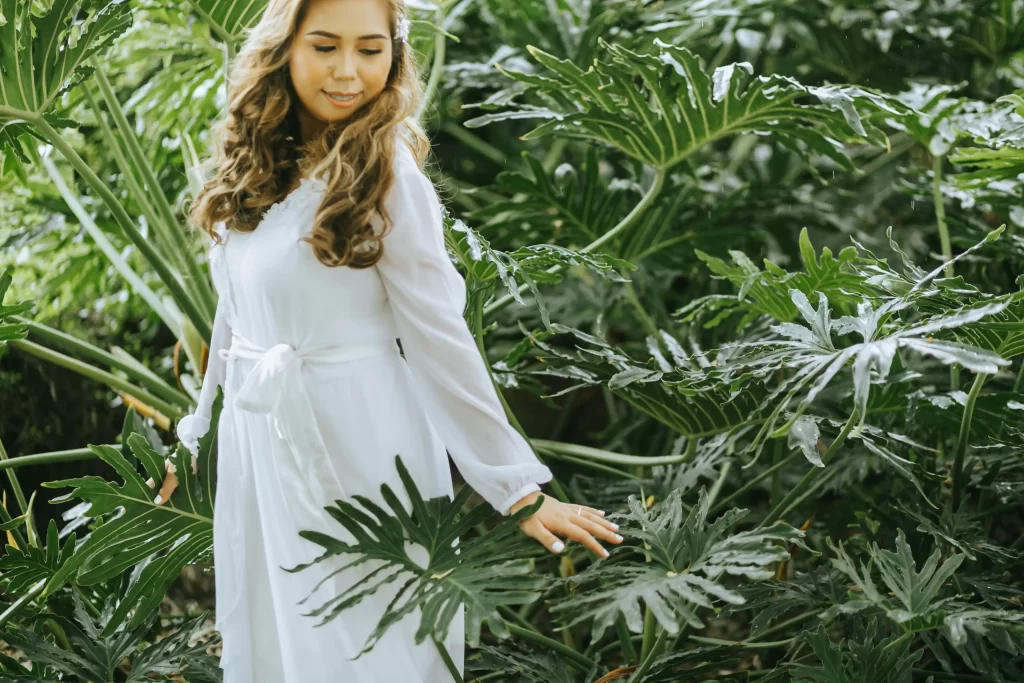
The plant has a large-leaved philodendron that makes a bold tropical statement in landscaping. It eventually develops a treelike trunk, reaching three to four feet. It is an indoor plant that can be grown outdoors.
Read: Types of Philodendron: Exploring Diverse Varieties
Philodendron speciosum Vs. Philodendron selloum
The most common Philodendron in Florida landscapes is Philodendron bipinnatifidum, formerly known as Philodendron selloum. It grows on a 6 to 8 feet tall trunk, which can be upright or creeping. The plant has large, deeply lobed, dark green leaves and produces white inflorescences in the summer. Long roots provide support. It thrives in sun or shade, making it ideal for creating a tropical atmosphere in Central Florida. It has larger leaves and reaches about 3 feet tall.
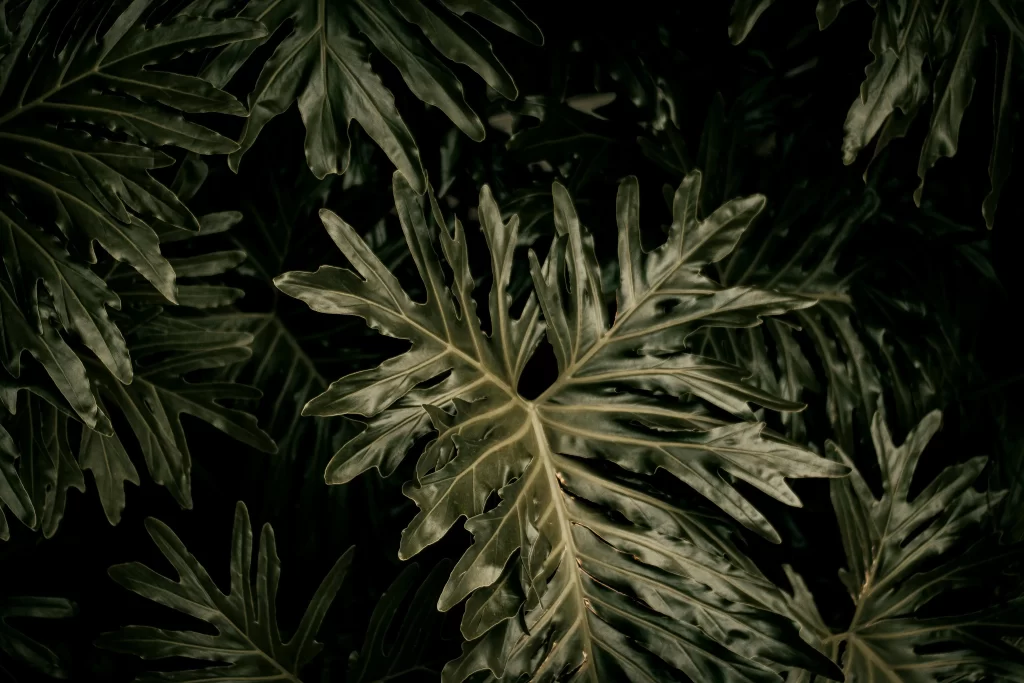
Philodendron speciosum is a self-heading type[2]Philodendron Species and their Botanical Features. Read akin to Philodendron bipinnatifidum. Unlike the latter, its leaves are not lobed but have toothed edges. It bears a rare inflorescence with a white spadix surrounded by a pink spathe.
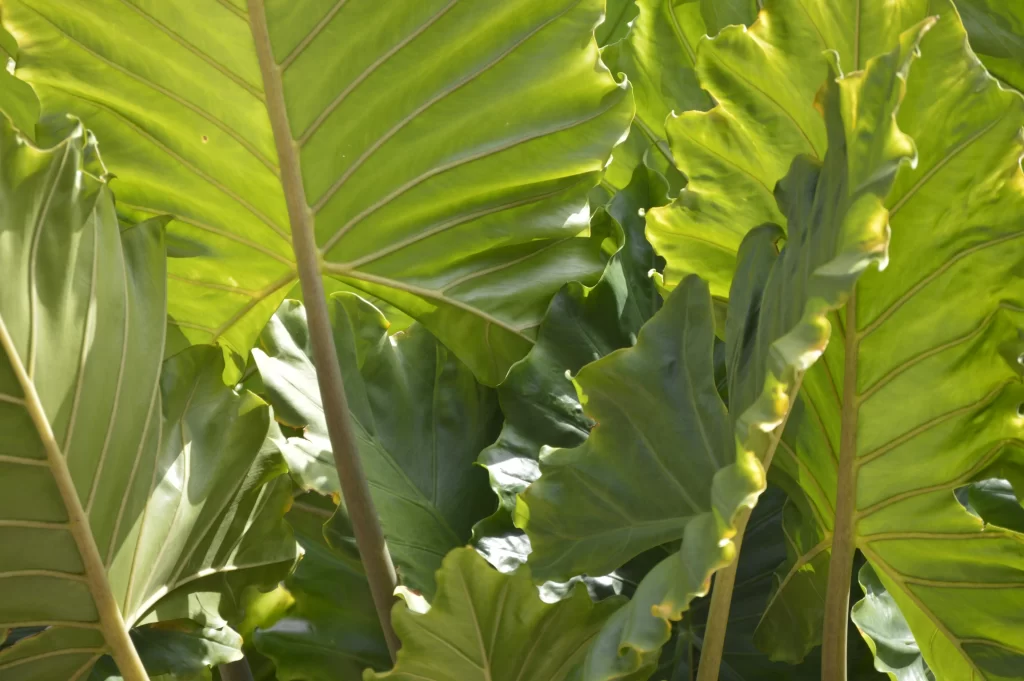
Read: Silver Sword Philodendron – Propagation, Care, and Benefits
Philodendron selloum Plant Care Guide
Like the Philodendron Selloum Gold, Philodendrons are easy to care for[3]Philodendron Care Guide. Read. Water the plant when the top layer of soil feels dry, avoiding overwatering to prevent root rot. During dry months, mist the plant a few times weekly for added humidity. This Philodendron thrives in partial shade, so avoid direct sunlight, with a preference for no direct sun and semi-sun conditions.
Fertilize sparingly, and ensure the plant doesn’t stand in water. Maintain daytime air humidity between 20-40% and nighttime humidity between 80-100%. Keep temperatures tolerant with a maximum of 35 °C and a minimum of 15 °C. Use peat-based soil for optimal growth.
Philodendron Selloum Plant Overview
The Philodendron Selloum belongs to the Araceae family and is classified as a shrub. Native to the rainforests of Central and South America, this unique plant has golden, lobed leaves. With a round plant habitat, moderate density, and fast growth rate, it reaches over 100 cm in height. Here’s is the following botanical overview of the P. selloum:
| Philodendron Selloum Features | Philodendron Selloum Plant Details |
| Size (Vertically) | 6 – 12 feet tall |
| Horizontal Spread of Plant | 10 – 15 feet |
| Growth rate | Fast |
| Growth habit | Climbing |
| Leaf arrangement | Spiral |
| Leaf color | Golden |
| Flower color | White/yellow |
| Native to | South America |
Read: White Princess Philodendron – Propagation, Care, and Benefits
Philodendron Selloum Toxicity
The P. selloum has a mild toxicity level. While touching the unbroken leaves is safe for most people, some may be sensitive to few, so avoiding contact with eyes or mouth is recommended. If swallowed in large quantities, ingesting any part of the plant can cause mild symptoms such as mouth pain, stomach upset, and more severe reactions. Typically, the plant’s unpleasant taste is a key to preventing pets and children from eating it.
Read: Philodendron erubescens – Characteristics, Toxicity, and Benefits
Leaf And Trunk Characteristics and Flowering Behaviour
The Philodendron Selloum Gold boasts evergreen foliage with a unique arrangement—its leaves spiral and are of a simple type, displaying an arrow-shaped, undulate margin. The pinnate venation contributes to its unique formation, with leaf blades spanning 18 to 36 inches. The leaves maintain a consistent green color throughout the year without any notable fall color change.
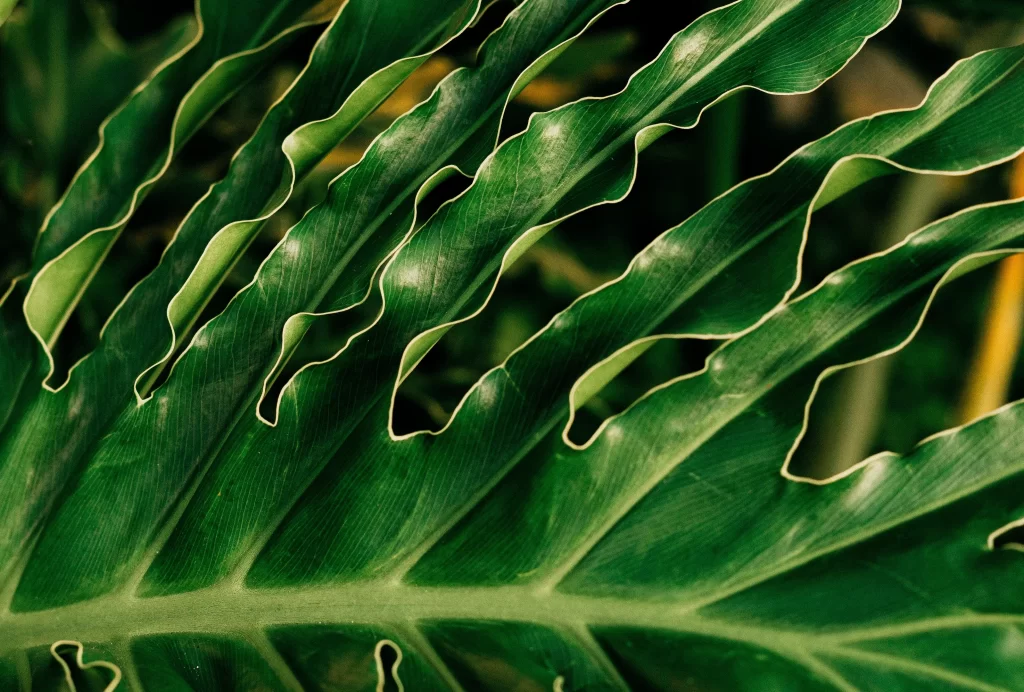
The plant flowers periodically produce white/yellow flowers with a pleasant fragrance. The inconspicuous and green fruits, of unknown shape and length, are covered in a fleshy texture. The trunk and branches are showy, typically featuring a single stem/trunk with brown bark, and the stem/twig is very thick.
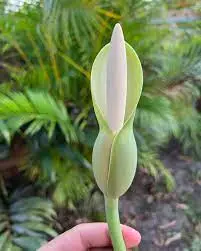
Read: Lemon Lime Philodendron – Propagation, Care, and Benefits
Conclusion
A large tropical plant, Philodendron bipinnatifidum, formerly P. selloum, boasts deeply lobed leaves, ideal for indoor and outdoor settings, and adds a unique tropical scenic view. This article has demonstrated P. selloum botanical overview, plant care, flowering nature, propagational behavior, and leaf and trunk characteristics.



